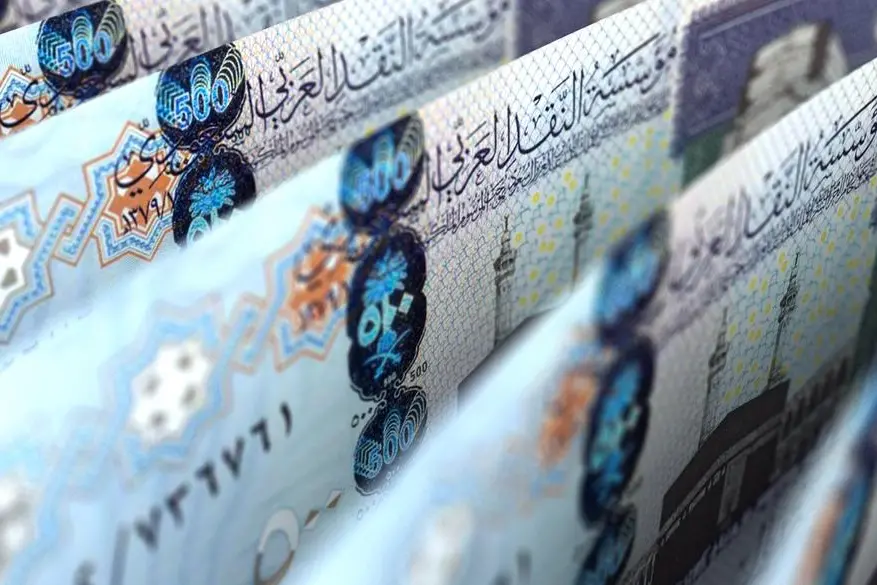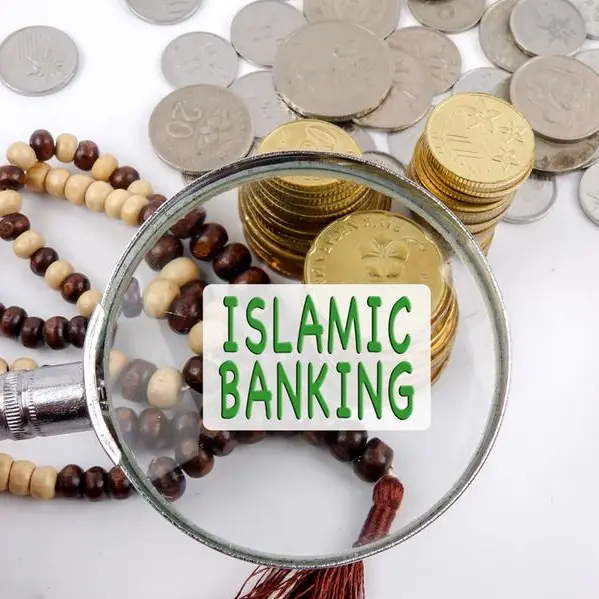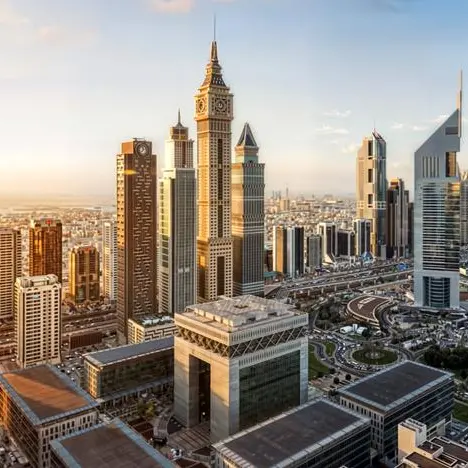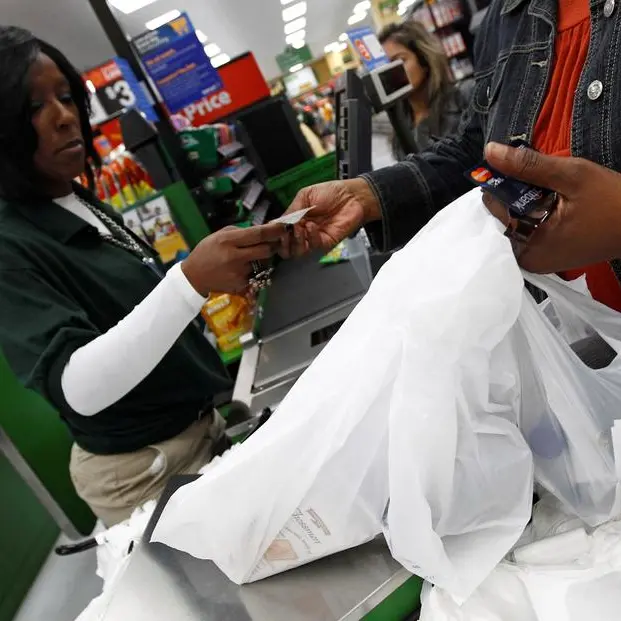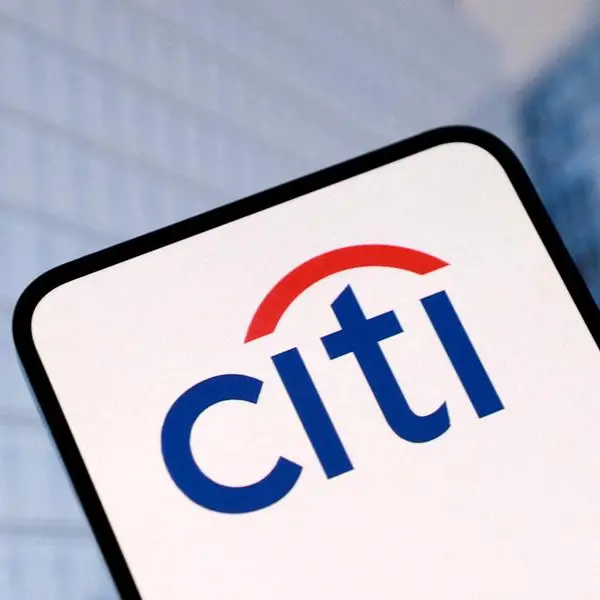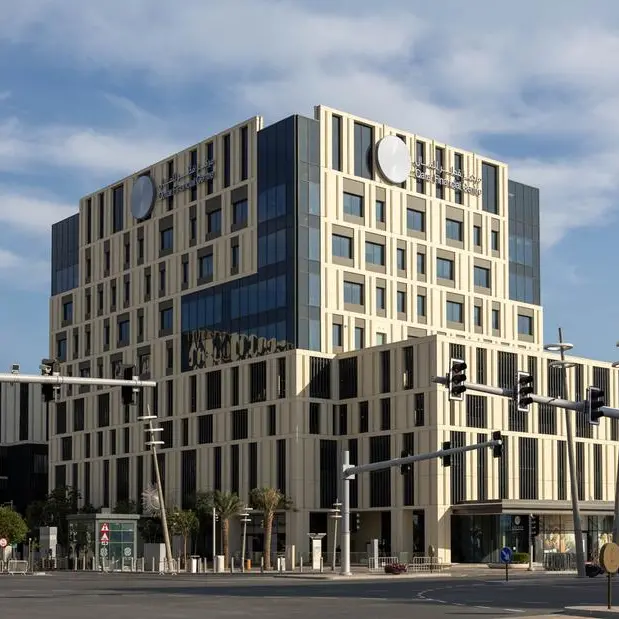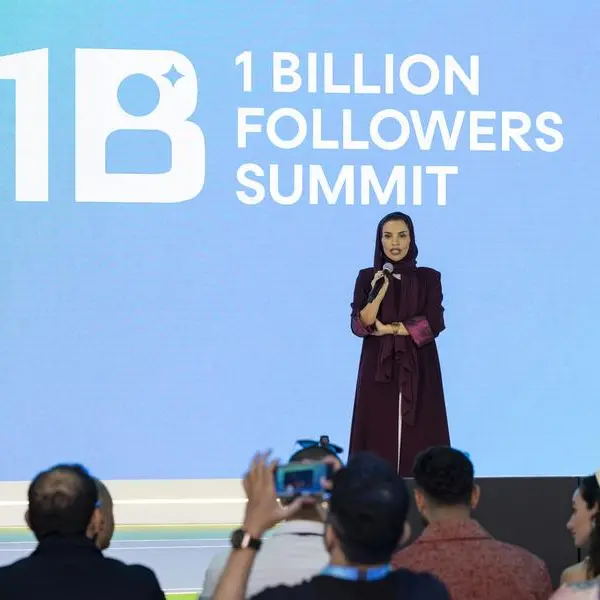PHOTO
Private sector credit growth in Saudi Arabia was up 1.4% in March 2023, from 0.9% in March 2022, while the annual growth rate was 10.3% y/y, the slowest since February 2020 just prior to the Covid-19 pandemic, according to Emirates NBD Research.
Private sector credit growth has been elevated over the past couple of years, driven by strong domestic demand as the government pushes ahead with its economic diversification strategy.
The breakdown on bank credit growth by sector shows strong q/q growth in lending to the construction sector, finance & insurance, professional services and utilities in Q1 2023. On an annual basis, oil & gas and utilities have seen the fastest credit growth, followed by real estate, finance & insurance, and professional services.
Broad money supply
Broad money supply growth accelerated sharply in March, growing 4.2% m/m, compared with 1.1% in February. This was the fastest monthly growth rate since February 2020, and was due both to an increase in narrow money (M1) as well as quasi money (time and FX deposits) in March. On an annual basis, broad money supply growth accelerated to 10.0% y/y, the fastest rate of growth since November 2020 and almost matching the growth in private sector credit.
Looking at the breakdown of deposits at commercial banks, government and GRE deposits appear to still be the main source of liquidity, rising by SR71 billion ($19 billion) in Q1 2023, compared with a SR36.8 billion increase in business & individuals’ deposits.
Sama balance sheet shrinks in Q1 2023
Government (including GRE) deposits at the central bank declined by SR110.3 billion in March, down -16.9% m/m and -14.7% y/y. During Q1 2023, government deposits at Sama fell by SR94.2 billion, which may have been due to financing a budget deficit in the quarter or transfers to other entities for long-term project development. Sama’s other miscellaneous liabilities also declined by around SR30 billion in Q1.
On the other side of the balance sheet, net foreign assets at the central bank declined $14.2 billion in March to reach $419.1 billion, the lowest level in more than a decade. The total decline in NFAs during the first quarter of the year reached $21.4 billion (SR101.1 billion).
Consumer spending grew in Q1 2023
Point of sale (POS) transactions grew 23.7% m/m and 8.7% y/y in March, with the monthly boost in spending likely related to preparations around the start of the holy month of Ramadan – this was the strongest monthly expansion since March last year. The nominal figure will also reflect price inflation and the ongoing rise in the number of POS terminals and shift to cashless payments – digital payments overtook cash in Saudi Arabia for the first time in 2021, rising to 57%. This is up from just 36% in 2019, illustrating the accelerating effect of the pandemic on electronic payments.
Overall, consumer spending appears to be relatively resilient. POS transactions plus ATM cash withdrawals grew 4.9% y/y in Q1 2023, almost 2pp ahead of inflation which averaged 3.0% in Q1 2023.
Copyright 2022 Al Hilal Publishing and Marketing Group Provided by SyndiGate Media Inc. (Syndigate.info).
